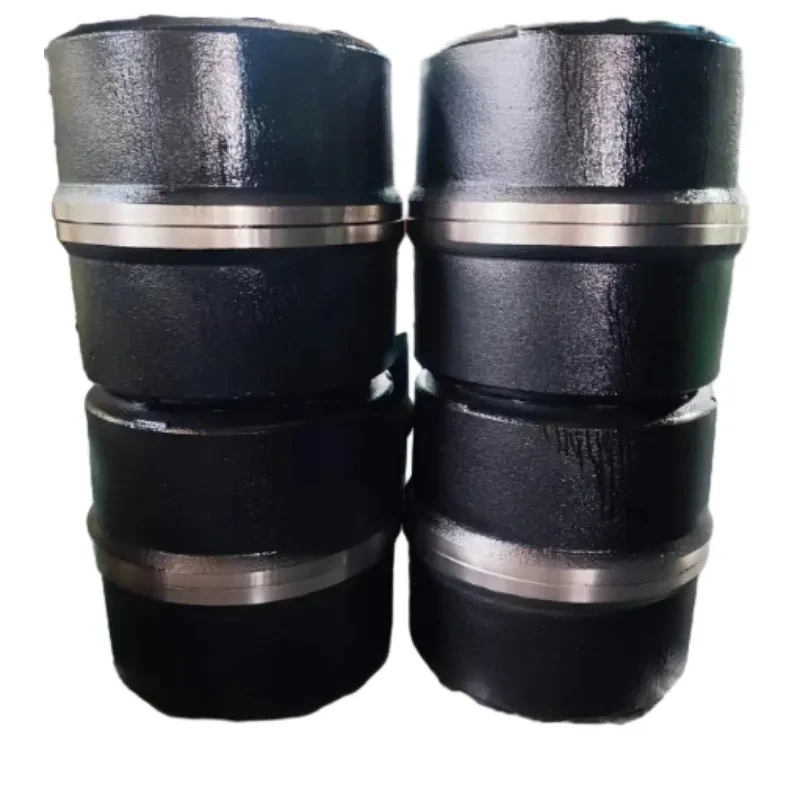Truck Brake Drum Heater | Reliable Heating Solutions for Optimal Performance
Design Considerations for Truck Brake Drum Heaters
The effective functioning of a truck's brake system is critical for safety and performance, particularly in heavy-duty applications where braking performance can be impacted by temperature changes. In such scenarios, trucking companies and vehicle manufacturers have turned their attention to the design of truck brake drum heaters. These specialized heating devices play a significant role in maintaining optimal brake temperatures, thus enhancing overall efficiency and safety.
Purpose of Brake Drum Heaters
Truck brake drum heaters are designed to warm the brake drums before the vehicle is operated, which is especially useful in cold weather conditions. When metal components are cold, they can become brittle and less effective, leading to poor braking performance. By pre-heating the brake drums, these heaters help ensure that the brakes respond effectively when needed, reducing the risk of brake failure and enhancing the safety of operations.
Key Design Features
1. Material Selection The materials used in the construction of brake drum heaters need to withstand high temperatures and harsh conditions typically encountered in trucking operations. Common materials include high-grade stainless steel and durable thermal insulation that can endure exposure to both heat and moisture.
2. Heating Method The heating method is crucial in the design of brake drum heaters. Electric resistance heating is widely used due to its efficiency and reliability. These systems typically involve heating elements that wrap around or are affixed to the drum’s surface. For larger trucks, diesel-fired heaters can be an effective alternative, providing high heat output without relying heavily on electrical systems.
truck brake drum heater design

3. Temperature Control Advanced designs incorporate temperature control mechanisms to prevent overheating and ensure uniform heating across the brake drum. This is often achieved through thermostats and digital monitoring systems, which can provide real-time temperature data to operators.
4. Ease of Installation and Use The design must also consider ease of installation and operation. Many modern brake drum heaters are designed for easy attachment and removal, allowing truck operators to quickly set up the equipment without specialized tools. User-friendly interfaces for controlling the heater's functions can further enhance operational efficiency.
5. Safety Features Given the high temperatures involved, safety is a primary concern in the design of brake drum heaters. Features such as automatic shut-off systems in case of failure or excessive temperatures, as well as robust construction to withstand impact and vibrations during transit, are essential.
Benefits of Using Brake Drum Heaters
The implementation of brake drum heaters offers numerous benefits for truck operations. Firstly, enhanced braking performance in cold conditions leads to increased safety for both the driver and the cargo. Secondly, reduced wear and tear on brake components can lead to lower maintenance costs and longer lifespans for the brake system. Additionally, timely preheating of brakes can improve overall fuel efficiency, as consistent braking performance contributes to smoother driving dynamics.
In conclusion, the design of truck brake drum heaters is a critical aspect of modern trucking safety and efficiency. With appropriate material choices, effective heating methods, reliable temperature controls, and robust safety features, these heaters ensure optimal brake performance, especially in adverse conditions. As the trucking industry continues to evolve, embracing such technologies will be essential for enhancing operational safety and efficiency, ultimately benefiting drivers, companies, and the broader community.
-
The Power and Reliability of Brake DrumsNewsAug.27,2025
-
The High-Quality Truck Brake DrumsNewsAug.27,2025
-
Quality Brake Drums for Reliable PerformanceNewsAug.27,2025
-
Get the Quality Semi Trailer Brake Drums for Your FleetNewsAug.27,2025
-
Everything You Need to Know About Brake DrumsNewsAug.27,2025
-
Enhance Your Vehicle's Performance with Reliable Brake DrumsNewsAug.27,2025
-
Truck Drum Brake Spring Replacement ProcedureNewsAug.22,2025


